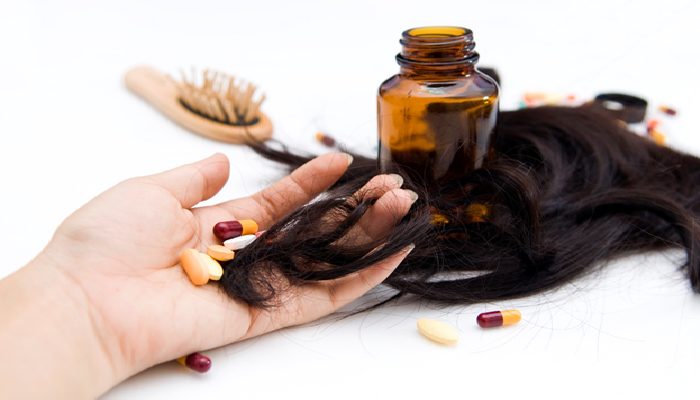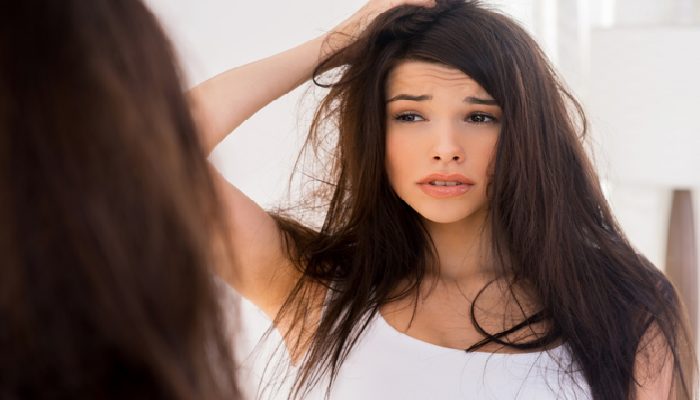5 Ways to Regrow Hair

Hair loss is a problem that many people face, but there are ways to combat it. While this phenomenon does not generally affect one’s health, some people become insecure about their looks, which takes an emotional and physical toll on them.
The loss of hair can be because of fungal conditions, autoimmune diseases, and many more. Genetic hair loss, also known as androgenetic alopecia, is the most common type, which is characterized by a gradual thinning of the strands on the scalp, often starting around puberty.
In men, this process typically leads to baldness. In women, it usually results in thinning hair around the parting line or on the crown of the head. See more about hair loss on this page here.
An acquired condition can be caused by several factors, including illness, stress, medications, diet, and hormones. This type is usually temporary and can often be reversed with treatment. Some may notice the thinning on their head, while others have see-through scalps.
If you’re concerned about this kind of situation, the first step is to visit your doctor to find out what’s causing it. Once the cause is determined, you can work with your physician to develop a treatment plan. There are several effective treatments available for both types of hair loss.
Male Pattern Baldness
Unfortunately, men have it worse than women when it comes to alopecia. And while there are treatments available to help with this condition, they don’t always work. That’s why some men and women turn to natural methods in an attempt to regrow the strands.
One popular method is using essential oils. Some products such as rosemary and peppermint have been known to promote hair growth. Using this method, you simply massage the oil into the scalp for several minutes before you take a bath. Do this daily for best results.
Another option is taking supplements. A few supplements are thought to help with hair growth, such as biotin and fish oil. These are usually available in various health shops.
If you’re looking for a more drastic solution, you could try surgery. A transplant surgery involves taking hair from another area of your head and transplanting it to the balding area. This surgery is usually only an option for those with minimal alopecia.
Whatever method you choose, keep in mind that regrowing hair takes time. It may take several months before you see any results. And even then, the results may not be as dramatic as you’d like, but they will help you gain self-confidence as you see improvements over time.
Alopecia Areata

This is caused by an autoimmune disorder where people lose clumps of hair in a spot similar to a quarter’s size. Others may lose a lot but find that the strands will eventually grow back. In alopecia areata totalis, this is a situation where you lose all the hair on your head.
The symptoms to look for are small bald patches on the scalp. This may grow larger over time, and while the strands will grow on these areas, they might fall on other spots on the head. Individuals may experience more hair loss in cold weather.
Some people may take corticosteroids that are generally prescribed for those who have autoimmune diseases. You can also try shampoo, foam, essential oils, cream, or ointment that might work to stimulate the scalp. You can check out Keranique.com products that can promote hair growth. Others may get topical immunotherapy treatment. This is when a topical is applied on the scalp, so it will hopefully cause an allergic reaction.
After the reaction takes place, this might make the hair grow back. It’s repeated many times and might result in an itchy rash. However, this stimulates the scalp to encourage the strands to appear.
Remedies to Know About

- Coconut Oil
You might want to try other alternatives like coconut oil. This will penetrate the shaft to prevent further loss of protein. This is often used before bathing or left overnight as an ointment.
Massage this on the scalp and use it as a leave-in treatment. Applying to the scalp might improve the microbiome and make the follicles healthier.
- Rosemary Oil
Rosemary oil is one of the commonly used essential oils that reduce hair loss and promote growth. This might even be effective for people who have androgenetic alopecia. Mixing a few drops of rosemary with jojoba oil can stimulate growth.
It’s helpful to do this at least twice a week. Massage the moisture into the scalp and rinse. Use shampoo and conditioner that promote growth and rosemary to get the best effects.
- Lemon
Freshly-squeezed lemon juice can enhance the quality and growth of the strands. This would enhance the scalp to grow the strands and make them healthier. To apply, pour the juice on the scalp. Leave it for about 10 minutes before shampooing.
- Massage Therapy
Studies conducted in Japan have shown that the scalp could increase hair thickness. Direct cell stimulation and increased blood flow can improve the consistency and the growth rate. Consult your healthcare provider to see if massage is the best course for you.
- Prevent Nutrition Deficiency
Nutrition deficiency may be another reason for acquired alopecia. Iron deficiency can be common in women undergoing menopause, vegetarians, and vegans. In mice, reversing this medical condition can actually restore hair. Others discover that a decreased amount of zinc can be translated to brittle strands, and increasing it may result in hair growth. This is where supplementation can come in handy.
- Shampoo

A gentle and moisturizing shampoo can address issues with the scalp and strands. Some have ingredients like citric acid and caffeine that can improve one’s condition, and this can result in faster and thicker locks.
Nourishing shampoo products might also help aging people. Clarifying products will remove sebum, bacteria build-up, and toxins that can contribute to hair loss. This will stimulate cell renewal and more vitality with stronger strands. Consider also other treatment options like surgeries, regular visits to the doctor, and transplants.